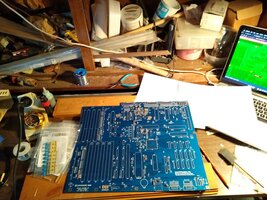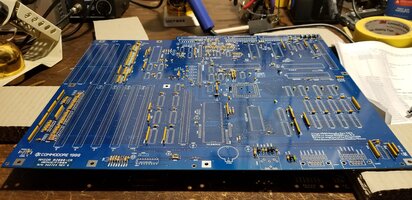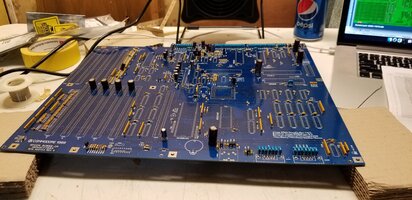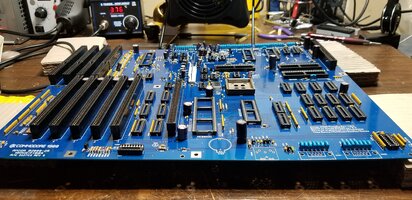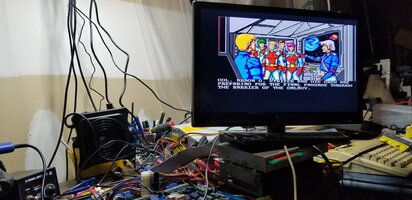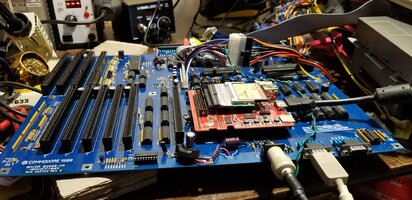- Joined
- Jan 18, 2010
- Messages
- 11,467
I have an Apollo Firebird on the way, it's Essentially a Vampire V4 in an Accelerator configuration and it has a bit more features and memory than the V2 Vampire accelerators. It seems that they have dropped the Vampire name from their latest line of product, Firebird for (A1000,A500,A2000) and IceDrake for A1200. I think this is the case as these are being made by the Apollo team directly that creates the FPGA cores and not through a third party (Majsta or Kipper) like they have been in the past.
 www.apollo-computer.com
www.apollo-computer.com
Only issue I have the computer I intended to put this in I haven't even started to assemble yet the new Replica A2000 motherboard... Prior post about that: https://pyra-handheld.com/boards/threads/amiga-thread.79281/post-1675268
Apollo Computer - New Accelerator - Vampire 500 II+ rev 2.3
Meet Apollo Accelerators - the best line of CPU cards for Amiga computers. Discover V1200 V2, a new CPU Accelerator for AMIGA A1200 with 128MB RAM and built-in RTG. Excellent Vampire 600 V2 will bring your Amiga 600 to the NG level of performance thanks to latest 68080 processor. We also offer...
Only issue I have the computer I intended to put this in I haven't even started to assemble yet the new Replica A2000 motherboard... Prior post about that: https://pyra-handheld.com/boards/threads/amiga-thread.79281/post-1675268


